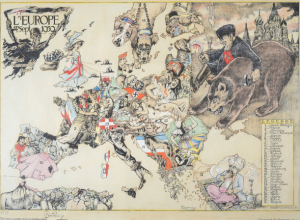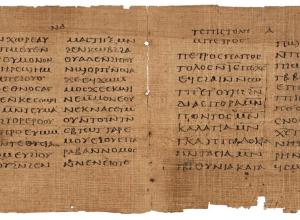Da Vinci Discovered and Other Art Adventures
There was news last week that a "lost" Leonardo has been identified in an American collection and will go on exhibit this November at the National Gallery in London. One of only fifteen surviving oil paintings by Da Vinci, the re-discovered Salvator Mundi is a half-length figure of Christ that was painted around 1500. The painting was presumed destroyed, until a buyer with a great eye acquired it from an estate in 2005. It was then brought to New York art historian and dealer Robert Simon, and after a lengthy conservation treatment, several scholars concluded that it is indeed the lost Salvator Mundi.
I found this bit of news wonderfully coincidental, as I have just finished reading The Art Detective: Adventures of an Antiques Roadshow Appraiser by Philip Mould (the paperback came out this past spring). Mould has a thoroughly enjoyable voice, and he wins over his readers time and again with tales of a forged Norman Rockwell, a Rembrandt in disguise, and a long-lost Gainsborough that he found misidentified at a Los Angeles auction. The zeal of collector Earle Newton--who hoarded an immense collection of masters in a Vermont church that Mould was called in to catalogue--is something we all recognize.
I learned much from this book about the process of "overpainting"--in which a later artist actually paints over the piece at hand to hide wear and tear, to remove offensive items, or merely to freshen it up--and how important and effective conservation treatments can be in finding the masterpiece underneath. Not to mention superb research skills, such as those employed by Mould and his colleague Bendor Grosvenor as they pieced together the amazing provenance of a Queen Elizabeth I portrait.
After all--as I myself have learned with my own minor (but thrilling) art "discovery" last year--art collectors aren't so different from book collectors. We're all in it for the chase, and we all love making a discovery.
I found this bit of news wonderfully coincidental, as I have just finished reading The Art Detective: Adventures of an Antiques Roadshow Appraiser by Philip Mould (the paperback came out this past spring). Mould has a thoroughly enjoyable voice, and he wins over his readers time and again with tales of a forged Norman Rockwell, a Rembrandt in disguise, and a long-lost Gainsborough that he found misidentified at a Los Angeles auction. The zeal of collector Earle Newton--who hoarded an immense collection of masters in a Vermont church that Mould was called in to catalogue--is something we all recognize.
I learned much from this book about the process of "overpainting"--in which a later artist actually paints over the piece at hand to hide wear and tear, to remove offensive items, or merely to freshen it up--and how important and effective conservation treatments can be in finding the masterpiece underneath. Not to mention superb research skills, such as those employed by Mould and his colleague Bendor Grosvenor as they pieced together the amazing provenance of a Queen Elizabeth I portrait.
After all--as I myself have learned with my own minor (but thrilling) art "discovery" last year--art collectors aren't so different from book collectors. We're all in it for the chase, and we all love making a discovery.















